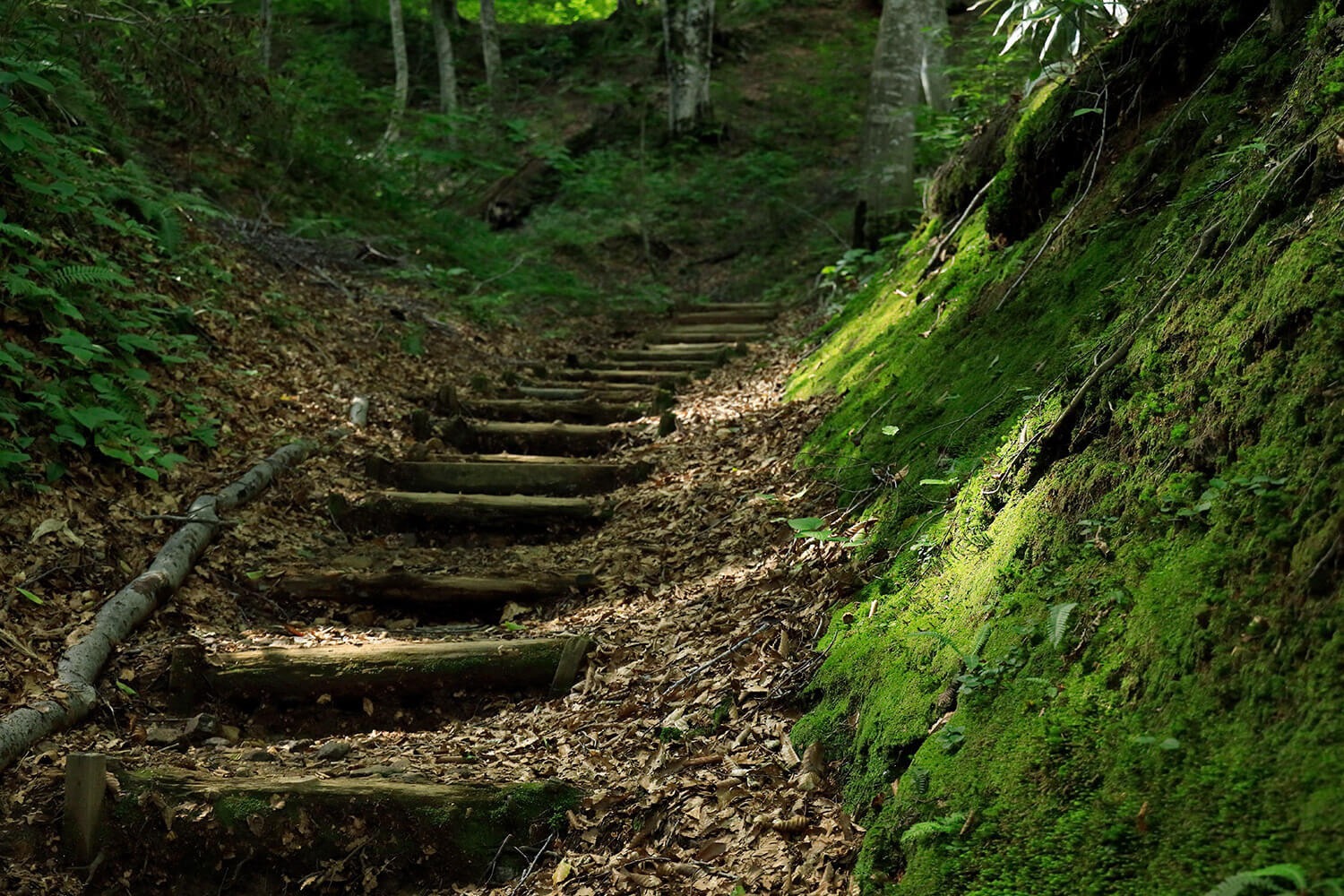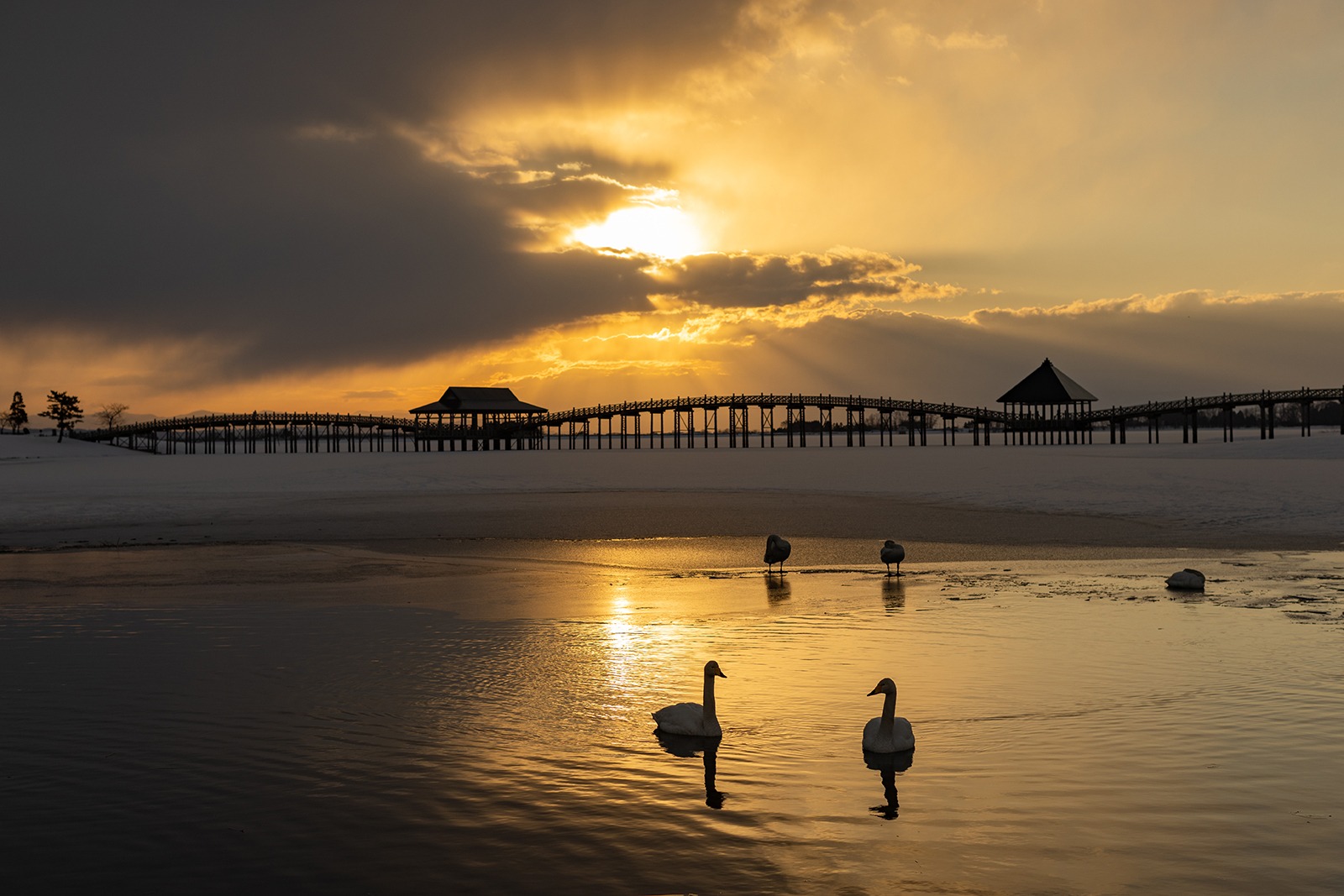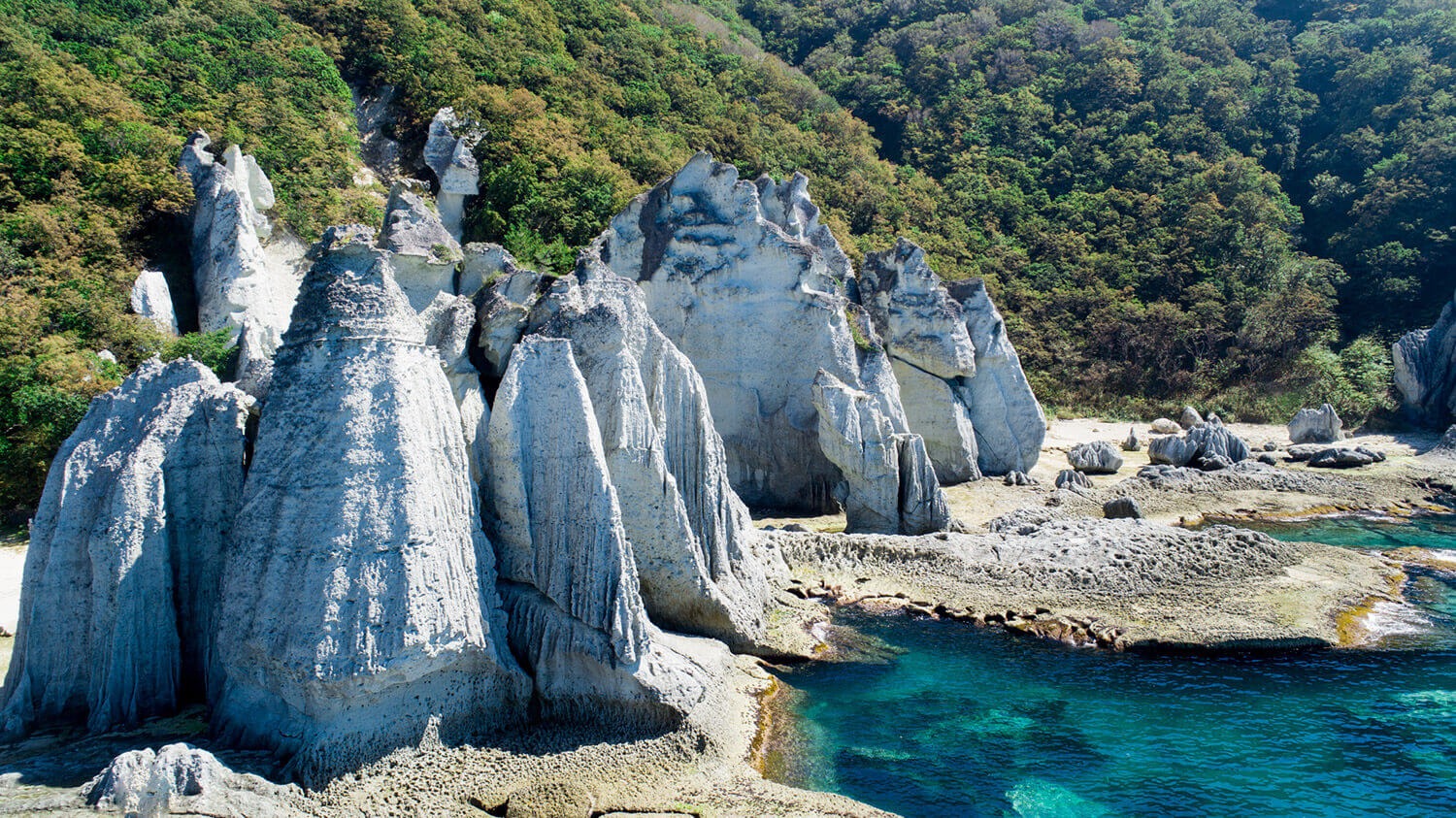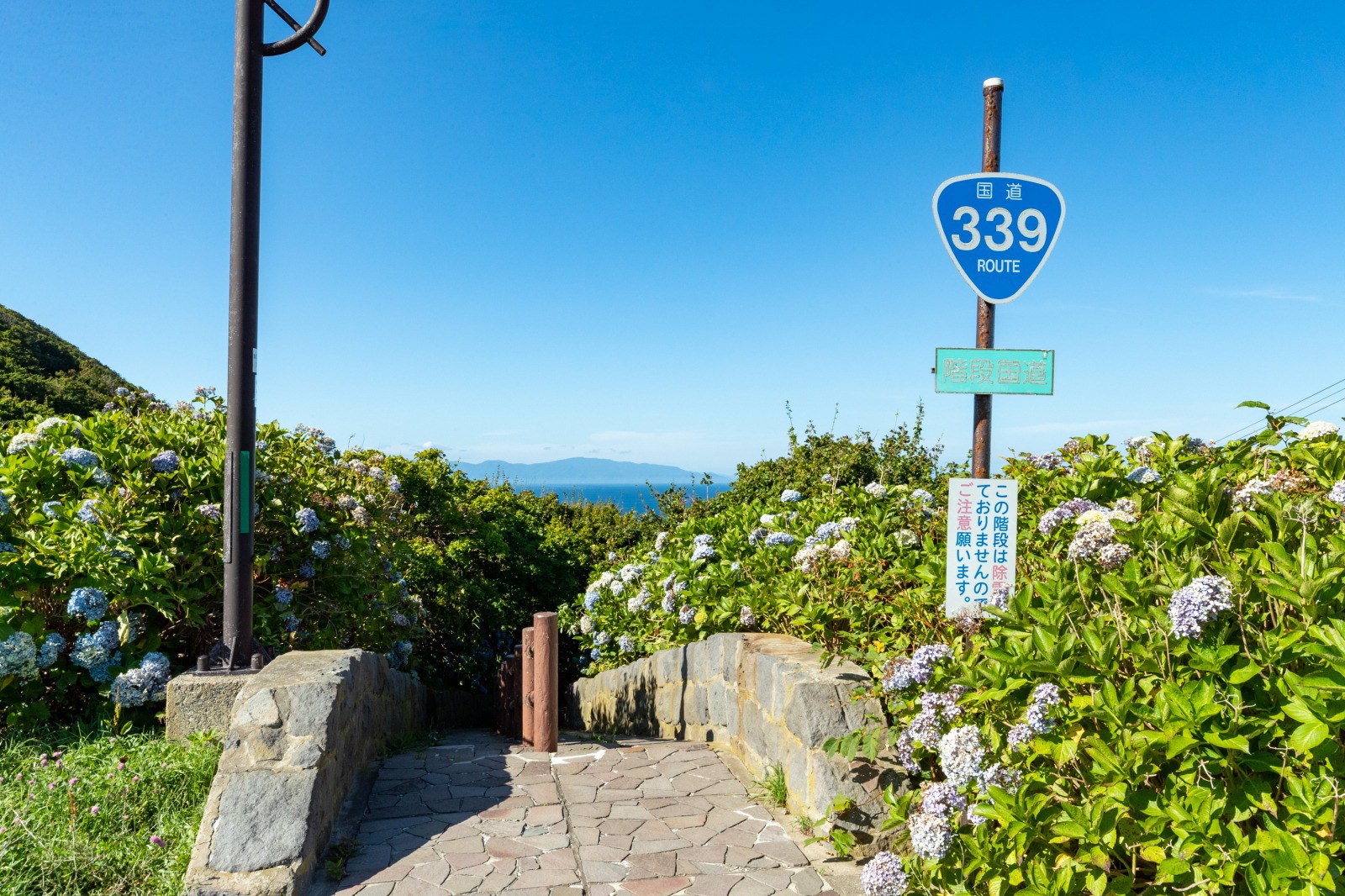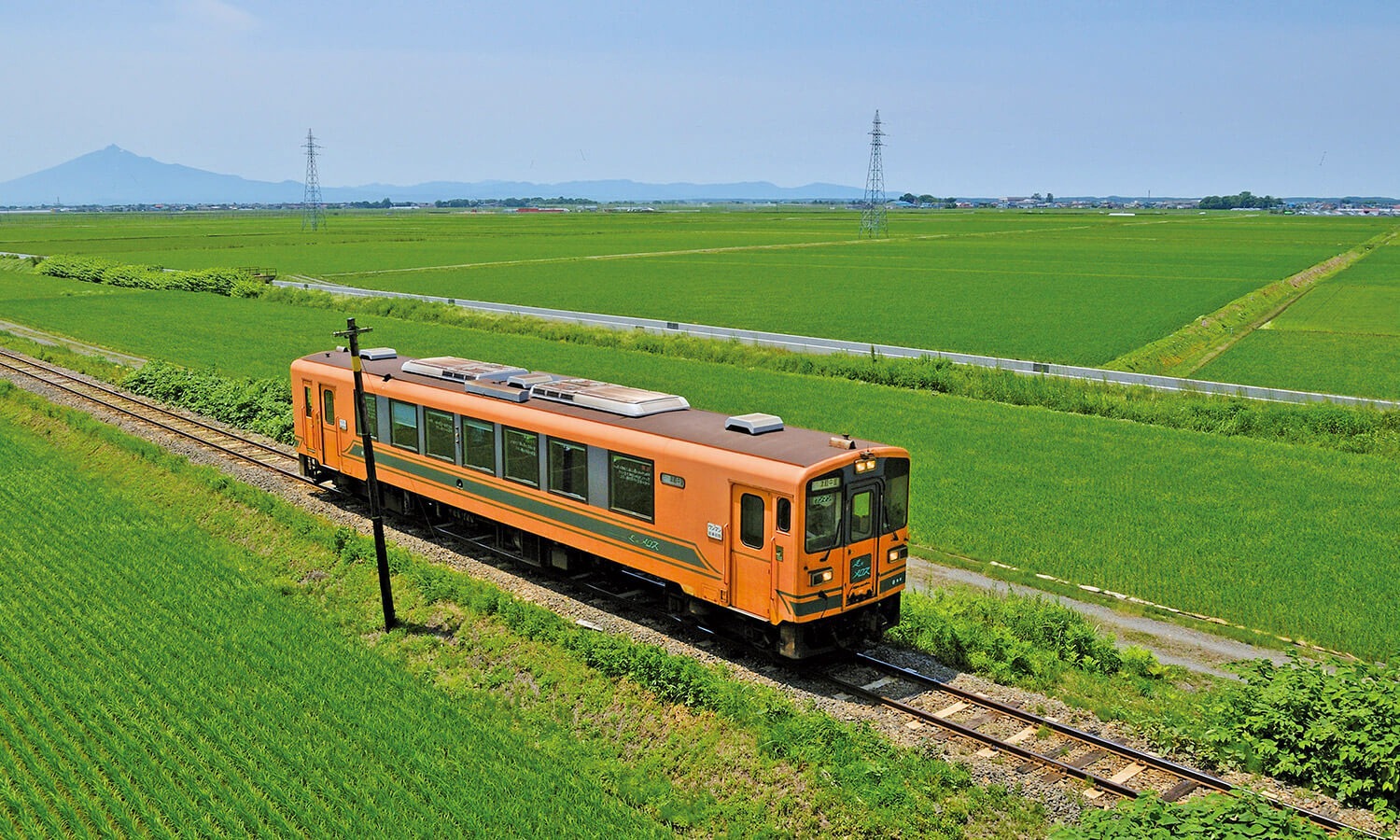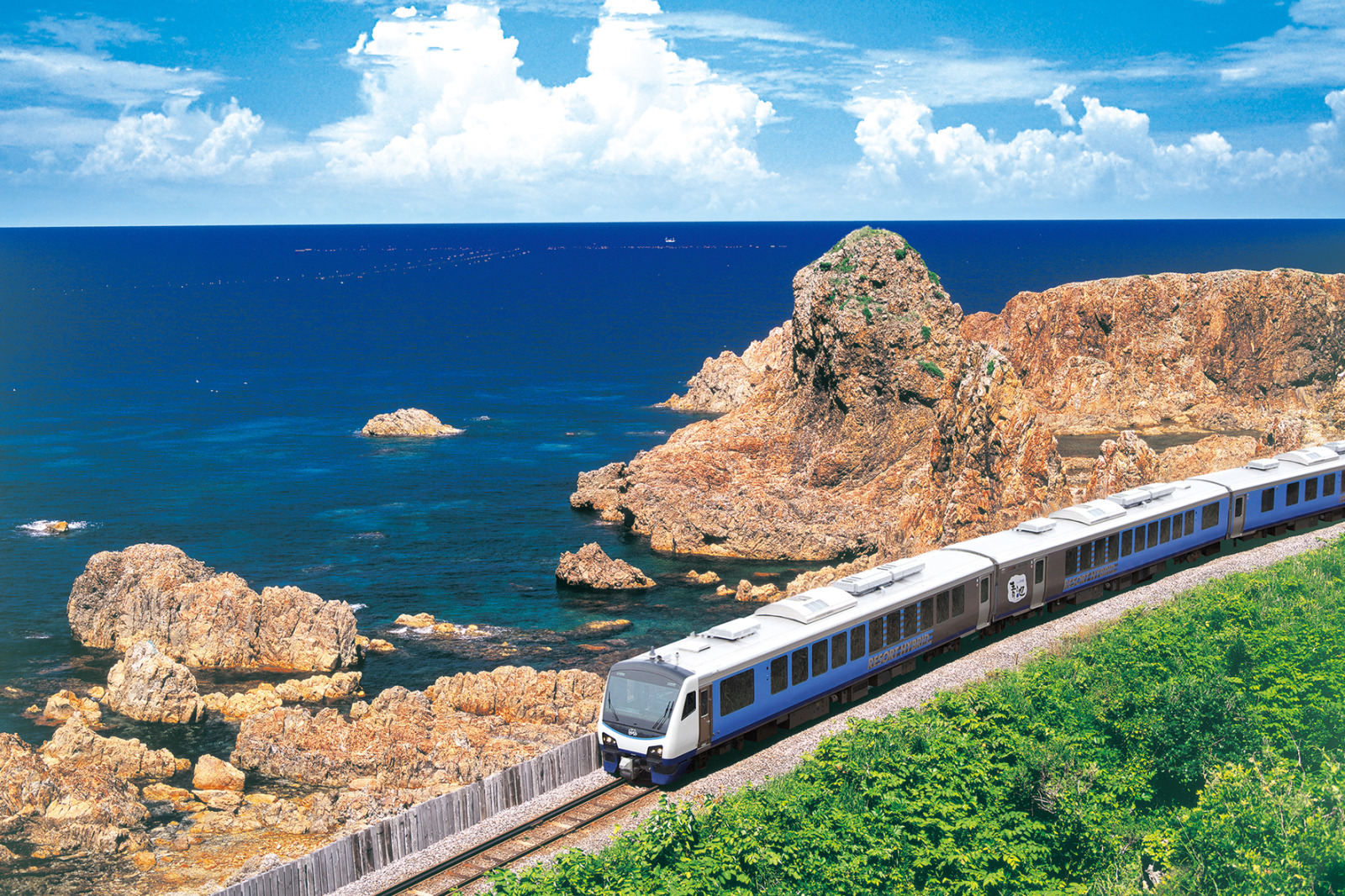Stunning vistas: Aomori’s most picturesque scenery

Aomori is packed with gorgeous scenery created by both humans and nature. Here are a few of the most unforgettable sights that you won’t want to miss on a visit to the prefecture. As incredible as they look in photographs, nothing can compare to witnessing their breathtaking beauty in person.
Shirakami Sanchi: A primeval beech forest that helped inspire the setting of the movie Princess Mononoke
Shirakami Sanchi is a sprawling mountain range straddling the border of Aomori and Akita prefectures that became one of the first places in Japan to be designated a World Natural Heritage Site by UNESCO. It is also home to one of the world’s largest old-growth beech forests. Together with the island of Yakushima in Kagoshima Prefecture, this forest is famous for having inspired the mystical scenery used for the setting of the Studio Ghibli animated film Princess Mononoke.
While the core part of the pristine forest is a protected World Heritage zone that requires a permit to enter, there is an approximately one-hour walking path starting from “Aqua Green Village ANMON” in Nishimeya Village that will take you through the beech forests. At the same facility, you can also find the trailhead for the hiking course up to another of the Shirakami Sanchi region’s highlights, a set of three waterfalls known as the Anmon Falls. Although the round trip to the top of the three-tiered falls and back takes two or three hours, it is well worth it for spectacular views of the secluded falls, which are especially gorgeous when surrounded by colorful fall foliage. (You must register your hiking party at the start of the trail up to the falls. Also, please note that the road to the trailhead is inaccessible in winter.)
Aoike: A mysterious lake with an otherworldly blue color created entirely by nature
On the western side of the Shirakami Sanchi region, the opposite side from the Anmon Falls, lies the Juniko (“twelve lakes”) area, a collection of numerous small lakes and ponds. Among these, the most stunning is the lake known as Aoike, which has almost unnaturally blue water. The cause of this vivid color remains unknown, but it is thought to be for entirely natural reasons. The surrounding lush greenery forms a vibrant contrast with the lake’s translucent blue. Aoike is located only a ten-minute walk along the path starting from “Forest Shop Kyororo” in Fukaura Town.
Tsuru-no-Mai Bridge: A stunning vista formed by the harmony of mountains, water, and wooden architecture
Tsuru-no-Mai Bridge, the longest wooden bridge in Japan, spans Tsugaru Fujimi Lake in Tsuruta Town. The name of the bridge translates to “dancing cranes,” owing to the fact that its triple-arched design is said to resemble a pair of cranes in flight. The bridge is about 300 meters in length and is made entirely of cypress wood from Aomori Prefecture using traditional construction techniques. With majestic Mount Iwaki towering in the background and also reflected in the lake’s waters, the mountain, lake, and bridge come together in perfect harmony to form a spectacular vista born from nature’s beauty and human technical innovation. Cranes are associated with longevity in Japan, and it is said that the approximately five-minute walk across the span of the bridge will also endow visitors with the blessing of long life.
Hotokegaura: Dramatic natural sculptures carved out by the wind and waves over many eons
On the western coast of the Shimokita Peninsula at the entrance to Mutsu Bay, the crashing surf has eroded green tuff spewed by an undersea volcano into towering rock formations with striking shapes. This coastline is called Hotokegaura, meaning “Buddha’s inlet,” due to the resemblance of the rocks to a gathering of the Buddha and his disciples. You will certainly feel like you are in the presence of something sacred when you catch a view of the incredible rock formations, a stunning masterpiece carved by the power of nature. The white rock surfaces gleaming in the sunlight form a stunning contrast with the deep blue of the ocean and sky. Since the rock formations are somewhat difficult to access by land, they are best viewed from the deck of a sightseeing boat, with many routes departing from the “Arusas” terminal in the nearby Sai Village.
National Route 339 and the Tsugaru Railway: Picturesque highways and railways of Aomori
On Cape Tappi, a several-hundred-meter section of National Route 339 turns into a series of steps, making it the only “staircase highway” in Japan! It goes without saying that this part of the road is only open to pedestrians, but the climb to the top is worth it for a panoramic ocean view. Meanwhile, the Tsugaru Railway, the northernmost private railway in Japan, takes you through many kilometers of scenic countryside on its single-track rail. Special seasonally themed trains—“Stove Trains” equipped with potbellied stoves, “Furin Trains” decorated with wind chimes and haiku poems, and “Suzumushi Trains” featuring the sound of live bell crickets—run at different times of the year so that passengers can enjoy the picturesque vistas in all four seasons, from snowy landscapes in winter to green fields in summer.

